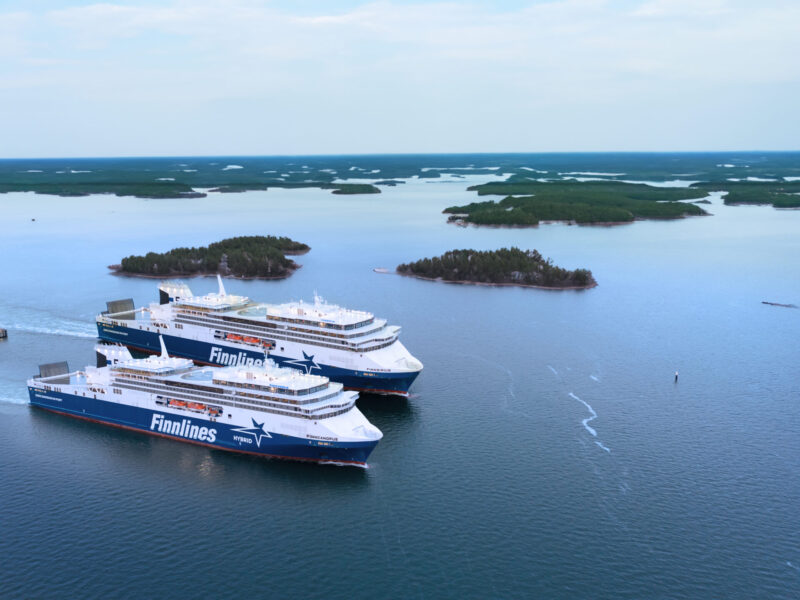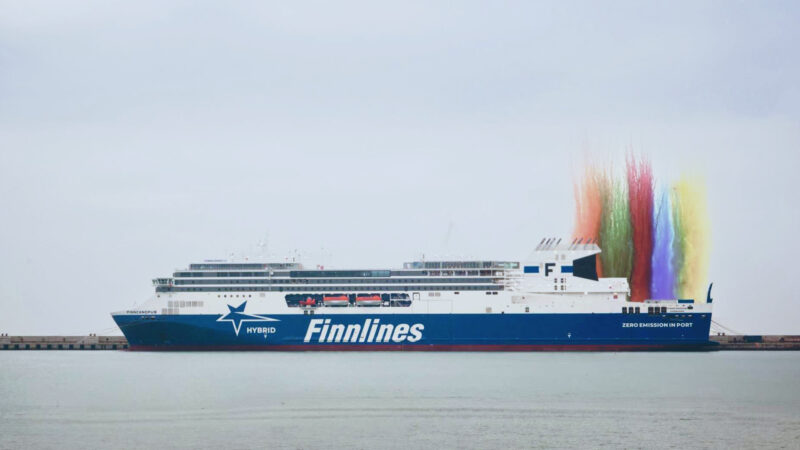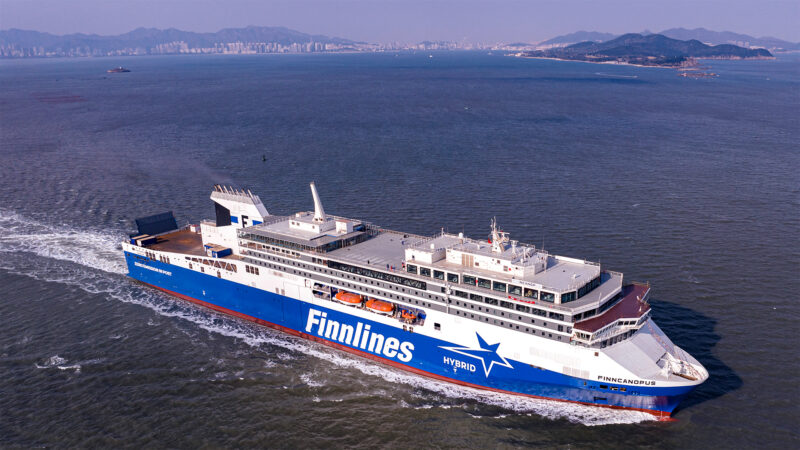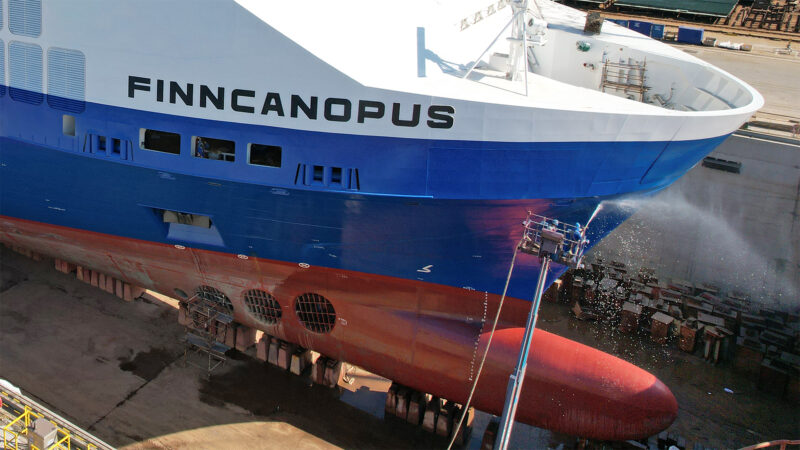From the pipe tunnel to the brig: Introduction to the ship’s restricted areas
On passenger-cargo ships, passengers are welcome to move around in areas such as cabin corridors, restaurants, and shops. However, there are areas where passengers rarely or never have access.
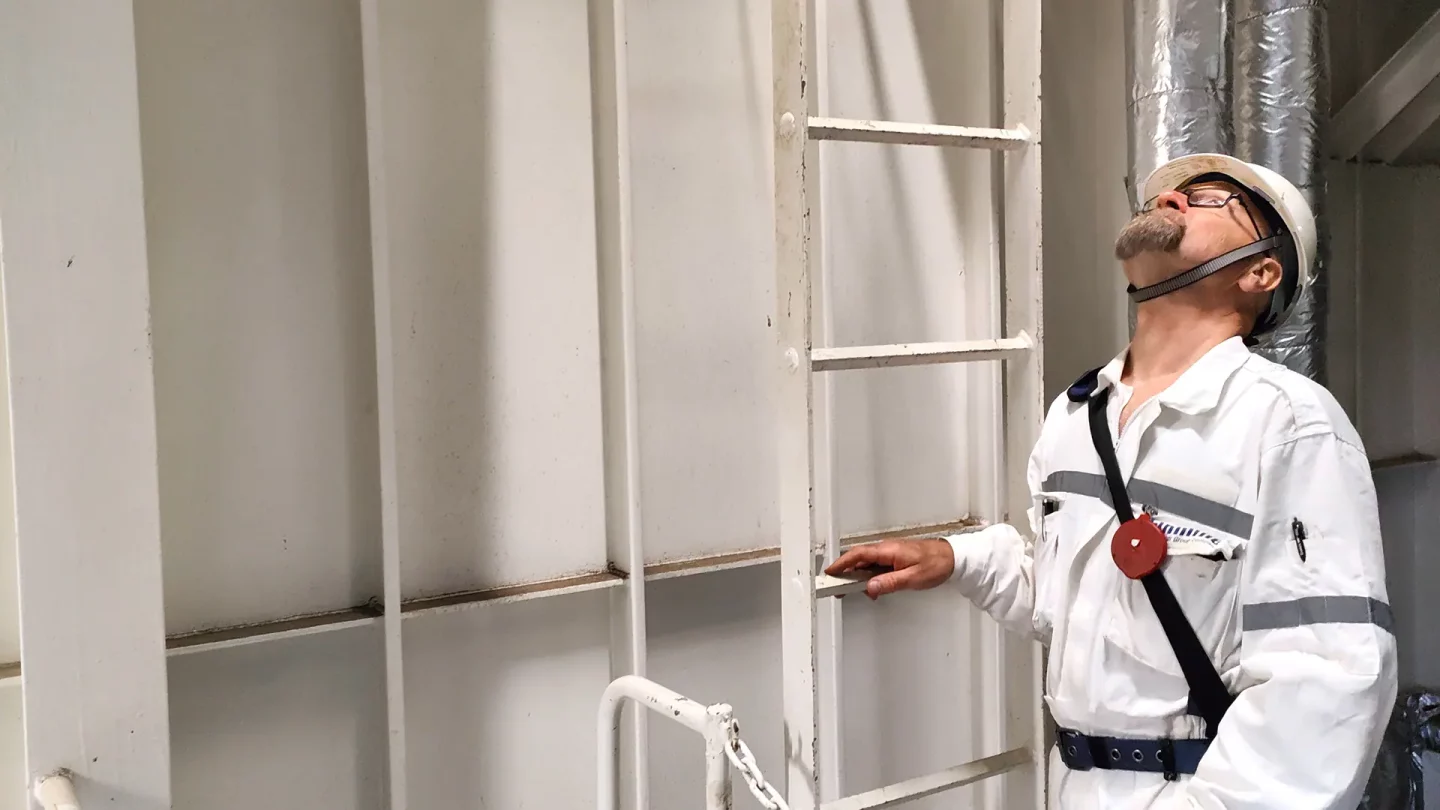
In this post, we present the restricted areas of Finnlines’ new Superstar vessels. These spaces are rarely seen, even by the crew members themselves. Few have ever heard of these places, such as the second bridge. Join us now on a tour of the Superstars’ secret nooks! You can peek into the off-limits areas, like the captain’s cabin and the pipe tunnel – and even the brig!
Dual Bridges: Ensuring Control and Safety at Sea
Few people know that many ships have two bridges. The emergency bridge can be used to control the ship if needed. The secondary bridge provides access to all vital ship systems and control devices, as well as communication links. The emergency bridge is associated with the SRtP protocol, which stands for Safe Return to Port, designed to maintain the ship’s maneuverability even in the presence of significant damage to primary systems.
We introduced the regular bridge of the Superstar vessels in a previous blog post when the Grimaldi family visited the shipyard. The bridge of the Finnsirius is also featured in a post discussing sea trials.
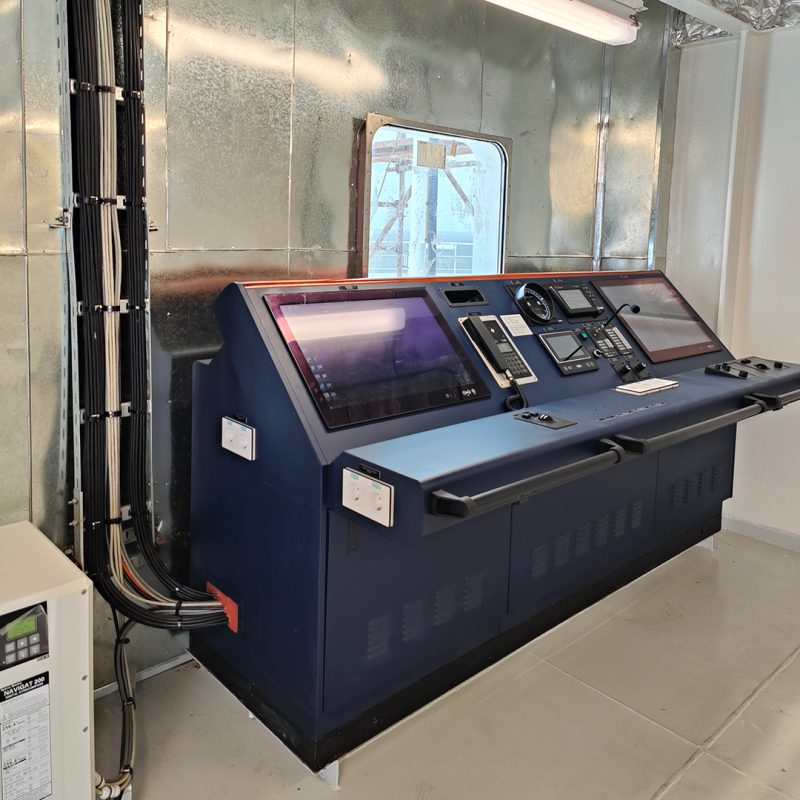
Exploring the Hidden Pipe Tunnel
Few, not even all the crew members, have access to the passenger ship’s pipe tunnel. Passengers are not allowed into this nearly 200-meter-long industrial-looking space. The pipe tunnel serves as a conduit for various systems, such as electrical, telecommunications, air conditioning, and plumbing systems. Access to the pipe tunnel is available from the ship’s aft, close to the ECR (Engine Control Room), which we mentioned in a previous post. The corridor runs from the stern to the bow’s pump room.
The pipe tunnels are crucial for the functioning of the ship as they enable the distribution of various systems throughout the vessel. The tunnel facilitates maintenance and repair work by providing easy access to important pipes and cables. Designing the ship’s corridors and passenger areas becomes more streamlined when technical systems are placed in a separate pipe tunnel.
The technical view of the pipe tunnel is exhilarating to behold, as at the end of the tunnel, one gets the feeling that the corridor extends endlessly.
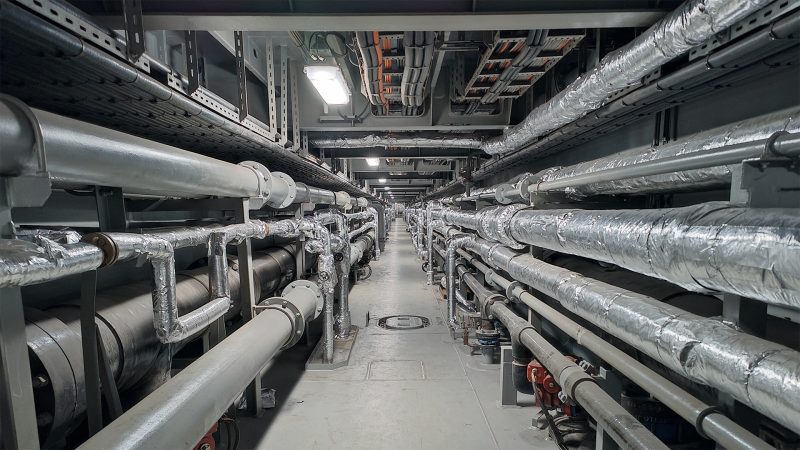
Firefighting Magic: Unveiling the Mist-ical Powers of Superstar’s Hi-Fog System
From the pipe tunnel, we emerged into the bow’s pump room. There, we found an important fire safety device known as the Hi-Fog water mist system pump unit.
Water mist firefighting is an advanced version of traditional sprinkler systems. Water mist combats fire in three ways: by cooling the air, wetting the burning material, and displacing oxygen, which suffocates the fire.
On the Superstar vessels, for example, each cabin is equipped with a water mist nozzle that automatically activates at 57 degrees Celsius.
The water mist systems for the Superstar vessels were supplied by Marioff, a Finnish company that has since evolved into an international corporation.
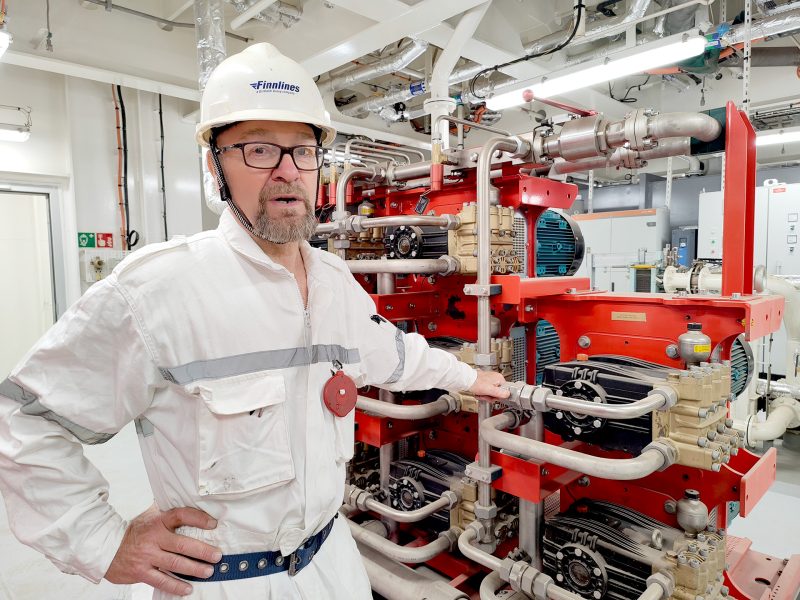
Cells & Cures: Ship Facilities for Just-in-Case!
These are the places where no one hopes to end up during their sea voyage. In order to ensure the safety of passengers and crew, maritime operations also prepare for undesirable situations. Passenger ships, including the Superstar vessels, have both a detention cell and an infirmary.
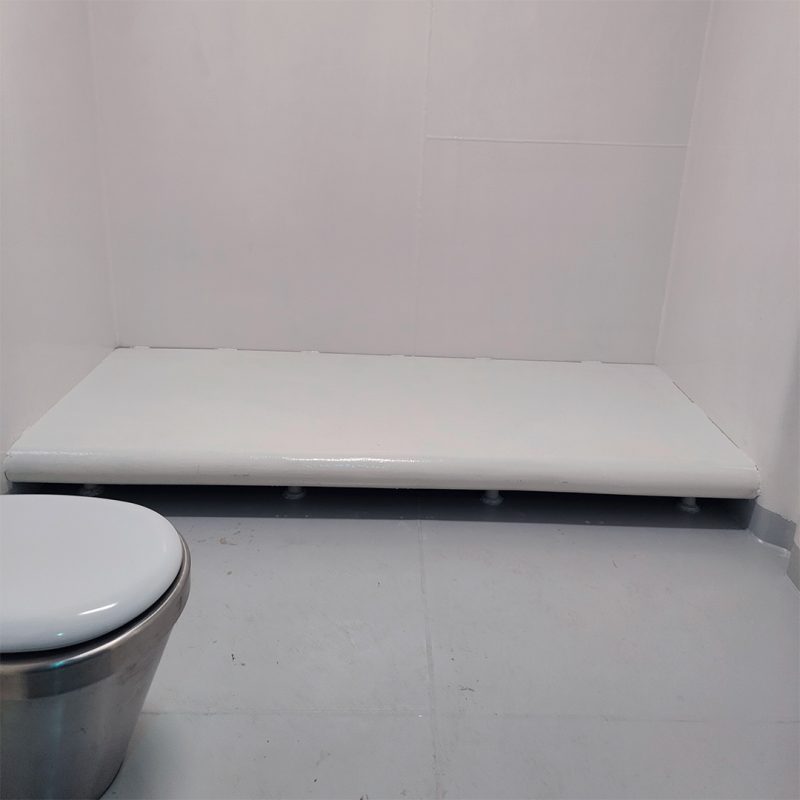
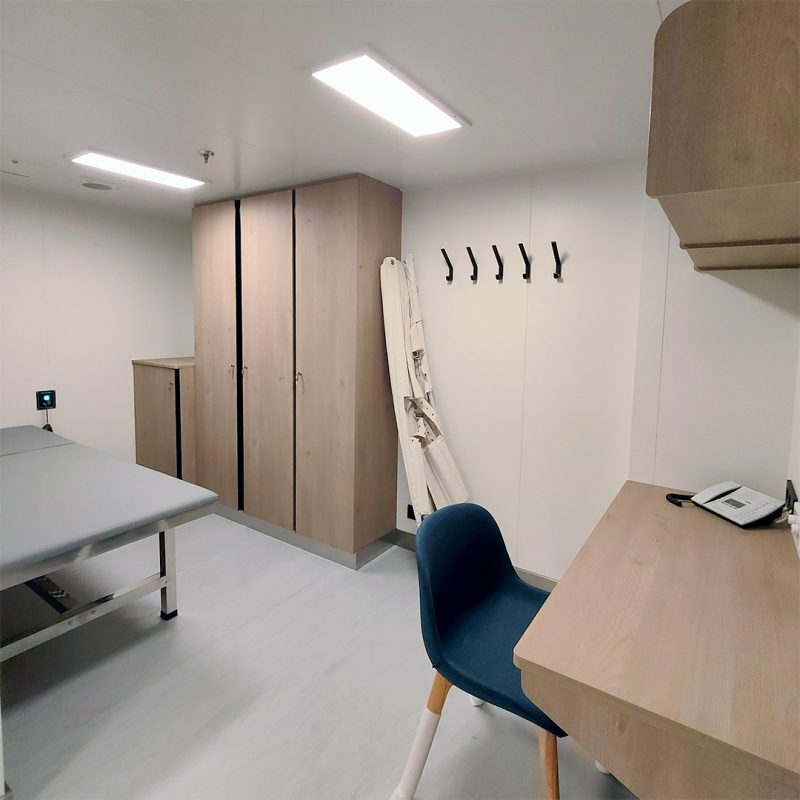
Exploring the Mighty Funnel
The funnel of the Superstar vessels houses exhaust gas boilers for the main engines, as well as silencers for the main and auxiliary engines, and scrubbers that clean the exhaust gases from the main engines. We ascended to the top of Finnsirius’ funnel, which is situated on deck thirteen, from the funnel room, accompanied by Micke Sjöblom.
In total, the exhaust gases from four main engines and three auxiliary engines are led into the funnel. At the very top of the funnel, there are nine separate exhaust gas pipes.
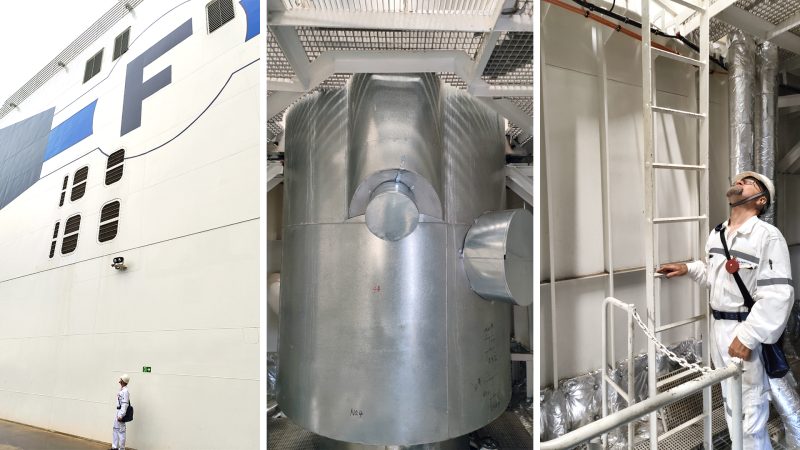
Sailing through the Nautical Lingo: A Glimpse into the Galley and Pantry
When it comes to ships and maritime matters, one cannot escape the nautical jargon, whose origins blend various languages and have evolved over centuries into established professional terminology for each region. Passengers need not worry about ship slang, but through this blog, you’ll get a glimpse into the galley and pantry.
The main galley is essentially the ship’s kitchen, resembling a large-scale kitchen found on land, such as in a hotel. On a ship, every square inch is utilized efficiently, and most kitchen equipment is specially designed marine versions of their land-based counterparts. While many land-based restaurant kitchens use gas, for safety reasons, ships rely entirely on electricity.
In addition to the central kitchen located on Deck Ten, Superstar vessels also feature smaller pantries, which are food preparation and dishwashing stations connected to the restaurants. The pantries are equipped with amenities such as refrigerators, storage space, ice cube and crushed ice machines, as well as dishwashers. The pantries on Superstar ships have a size ranging from 20 to 40 square meters.
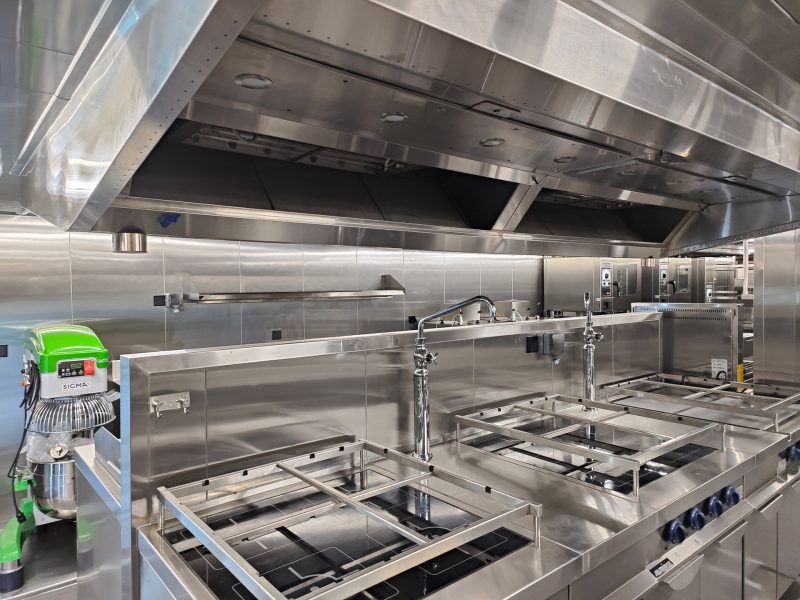
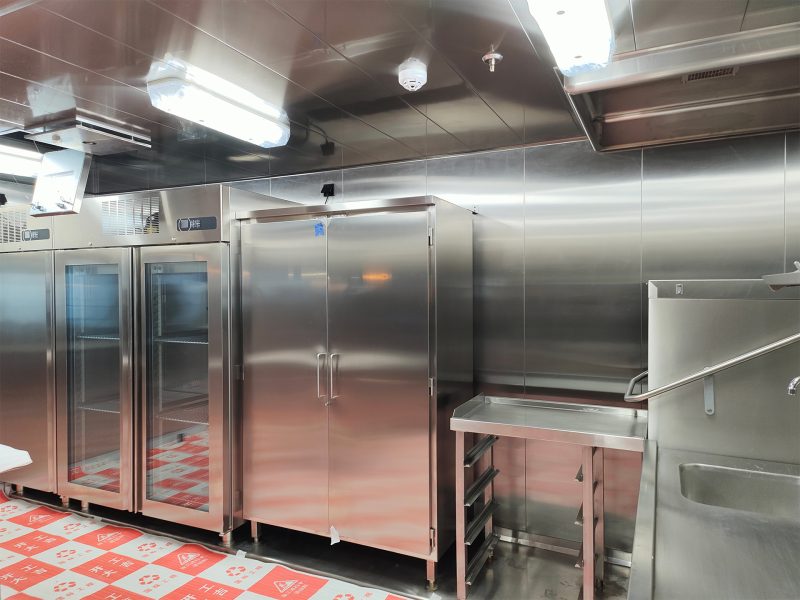
Smooth Sailing with Fin Stabilizers
On the no-go zone tour, Micke also introduced our blog to the fin stabilizer room, which may be difficult for the uninitiated to grasp its purpose from inside the room, but the form of fins becomes clear through photos taken in the dry dock.
The fin stabilizers are positioned in the midship, on both sides of the vessel. The trick has been learned from fish. Fins stabilize the ride on the open sea. When approaching archipelagoes and harbors, the fins can be retracted, and nothing protrudes unnecessarily – convenient!
On Superstar vessels, everything is big, including the fin stabilizers. One fin could comfortably accommodate three adults lying horizontally, as the fins are over six meters long!
Among other things, the testing of the fin stabilizers was included in Finnsirius’ recent sea trials test program.
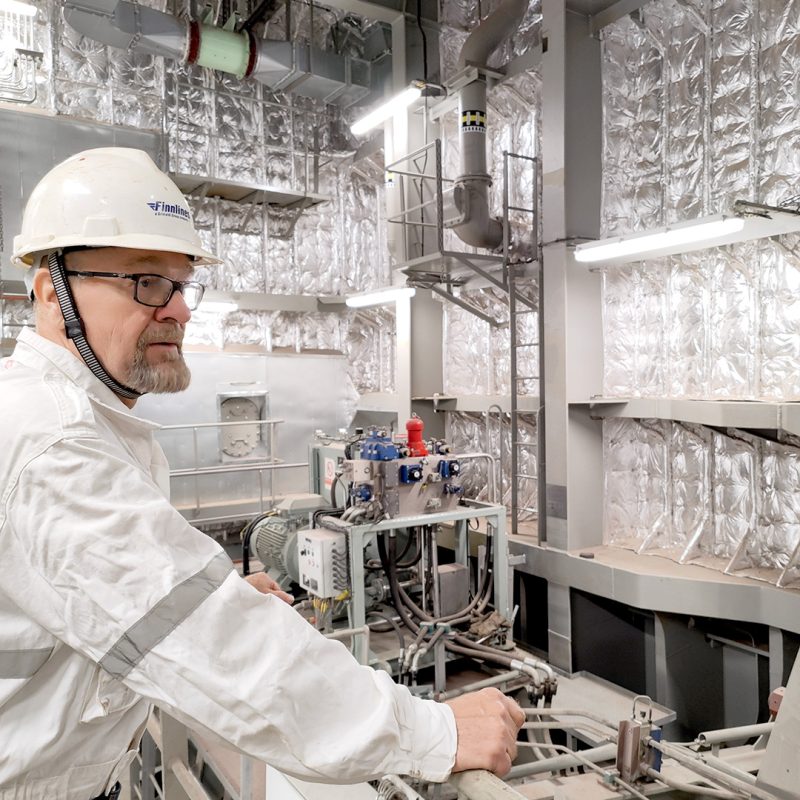
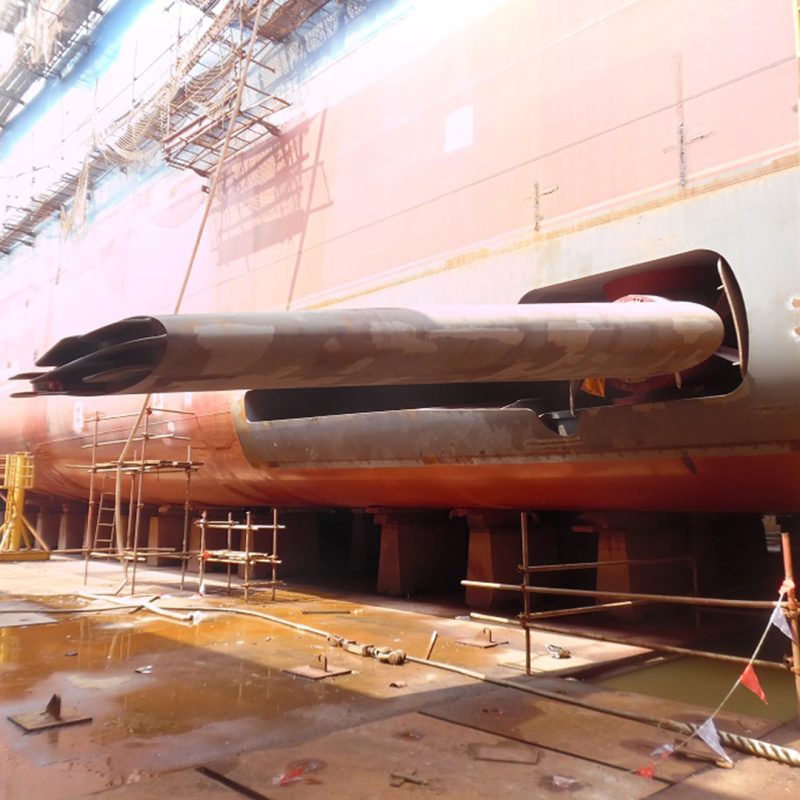
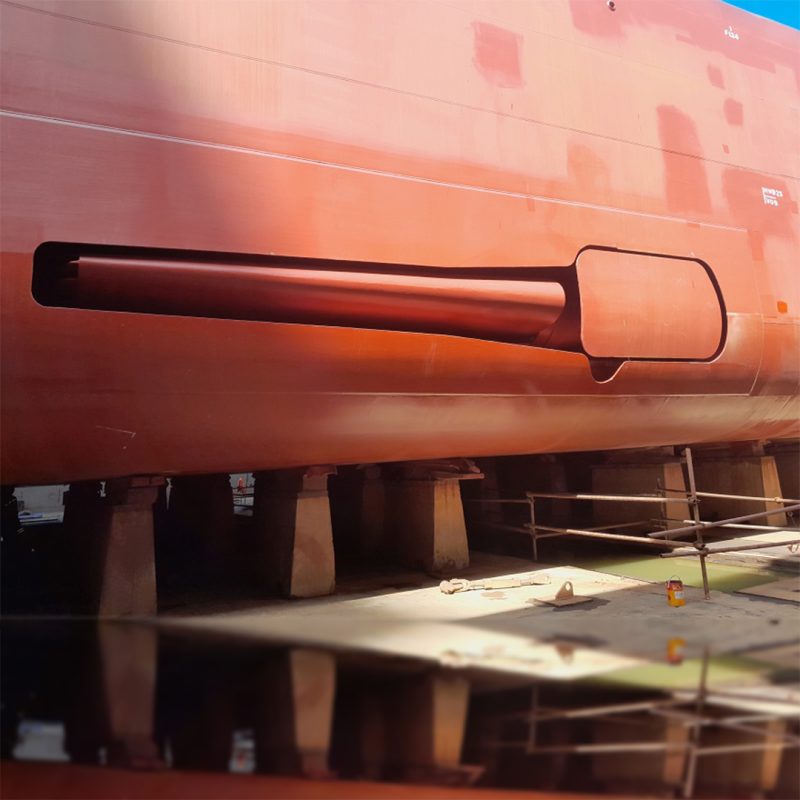
Join the Mess: Discover the Ship’s Gathering Spot!
The crew’s rest and lounge areas are also inaccessible to passengers, and perhaps our blog readers might be interested in taking a peek into the crew’s “home.”
Finnsirius’ interior spaces are being finalized with great haste, and the areas are still somewhat unfinished. The photos were taken in June 2023.
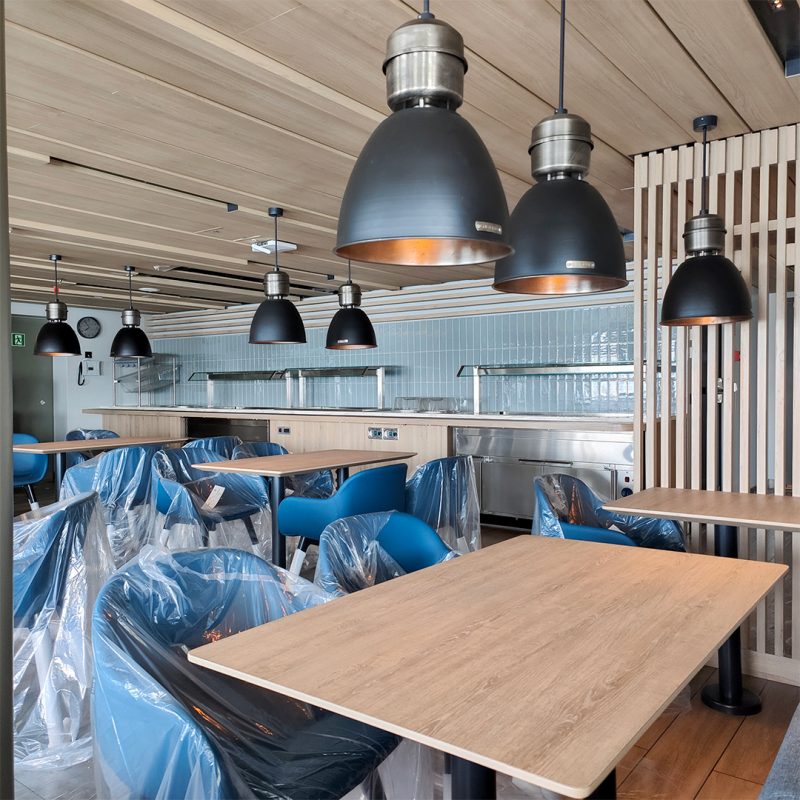
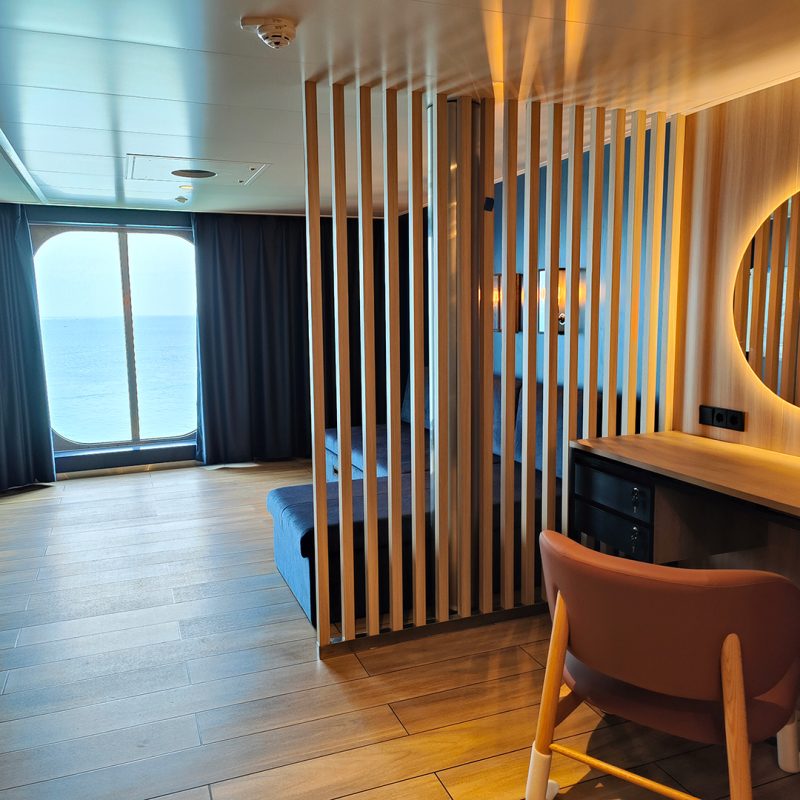
There are other areas on the Superstar vessels that are closed to the public and less known, but we will return to them later. Now, the interior finishing works continue on Finnsirius, and in about a month, the long-awaited journey to Finland of the first Star Sister will begin.
